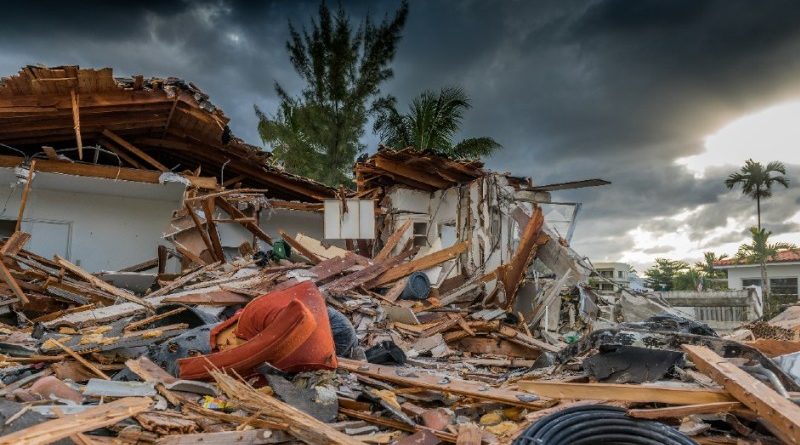Difference between a Hurricane and a Typhoon, And what ways to prepare for these natural disasters?
A hurricane and a typhoon are both tropical cyclones, which are rotating storms that form over warm ocean waters near the equator. The main difference between the two is their location.
A hurricane forms in the Atlantic Ocean or Northeast Pacific, while a typhoon forms in the Northwest Pacific. Both storms are essentially the same in terms of their structure and strength, but they are given different names based on their location.
In terms of preparing for these natural disasters, there are several key steps that people can take to protect themselves and their property. Here are a few suggestions:
Stay informed:
Monitor the news and weather reports for updates on the storm’s track and intensity. This will help you make informed decisions about when to evacuate or take other precautions.
Evacuate if necessary:
If you live in a low-lying area or near the coast, you may be at risk of flooding or storm surge. Listen to local authorities and evacuate if they advise you to do so.
Secure your property:
Bring in outdoor furniture and other objects that could become flying debris. Board up windows and doors, if possible, to protect against high winds.
Stock up on supplies:
Have a disaster supply kit ready with enough food, water, and other essentials to last for several days. Include things like flashlights, batteries, and a first-aid kit.
Have a plan:
Make sure everyone in your household knows what to do in case of an emergency. Decide on a meeting place and have a way to communicate with each other if cell phone service is disrupted.
Protect important documents:
Make sure important documents like passports, insurance policies, and other identification papers are stored in a waterproof container. Consider keeping electronic copies in the cloud or on a secure device.
Check your insurance coverage:
Review your homeowners or renters insurance policy to ensure that it covers damage caused by hurricanes or typhoons. Consider purchasing flood insurance, as most standard policies do not cover flood damage.
Prepare your home:
If you live in an area prone to hurricanes or typhoons, consider retrofitting your home to make it more resilient. This could include installing hurricane shutters, reinforcing your roof, or elevating your home if you live in a flood-prone area.
Stay safe during the storm:
Stay inside and away from windows and exterior doors during the storm. Avoid using candles, as they can be a fire hazard. Use flashlights or battery-powered lanterns instead.
Be prepared for the aftermath:
After the storm, it may take some time for emergency services to reach affected areas. Be prepared to be self-sufficient for several days, and be cautious when returning home. Watch out for downed power lines, flooded roads, and other hazards.
Have a plan for pets and animals:
If you have pets or livestock, make sure they are safe during the storm. Have a plan in place for their care and evacuation, and make sure you have enough food and water for them.
Charge your devices:
Make sure your phone and other devices are fully charged before the storm hits. Consider getting a portable power bank or solar charger in case of power outages.
Stay connected with loved ones:
Keep in touch with family and friends during the storm, especially if you are separated. Let them know you are safe and check on their well-being.
Be prepared for power outages:
Hurricanes and typhoons can cause widespread power outages. Have a plan in place for staying cool or warm, depending on the season, and make sure you have enough food and water that does not require cooking.
Practice your plan:
Practice your evacuation and emergency plans with your family or household members, so everyone knows what to do and where to go in case of an emergency. This can help reduce stress and increase safety during the actual event.
Be aware of the storm surge:
Storm surge is the abnormal rise of water generated by a storm’s winds. It can be one of the most dangerous parts of a hurricane or typhoon. Stay away from low-lying areas and obey evacuation orders.
Follow official instructions:
Follow the instructions of your local government and emergency services. They will provide updates on the storm and advice on how to stay safe. If they ask you to evacuate, do so immediately.
Stay informed after the storm:
Even after the storm has passed, stay informed about conditions in your area. Be aware of downed power lines, flooding, and other hazards that may remain.
Help others in need:
After the storm, check on your neighbors, especially the elderly, those with disabilities, and those who live alone. Offer help if you can and report any dangerous situations to emergency services.
Learn from past experiences:
If you have been through a hurricane or typhoon before, take some time to reflect on what worked well and what could have been improved. Use these lessons to prepare for future events and increase your resilience.




